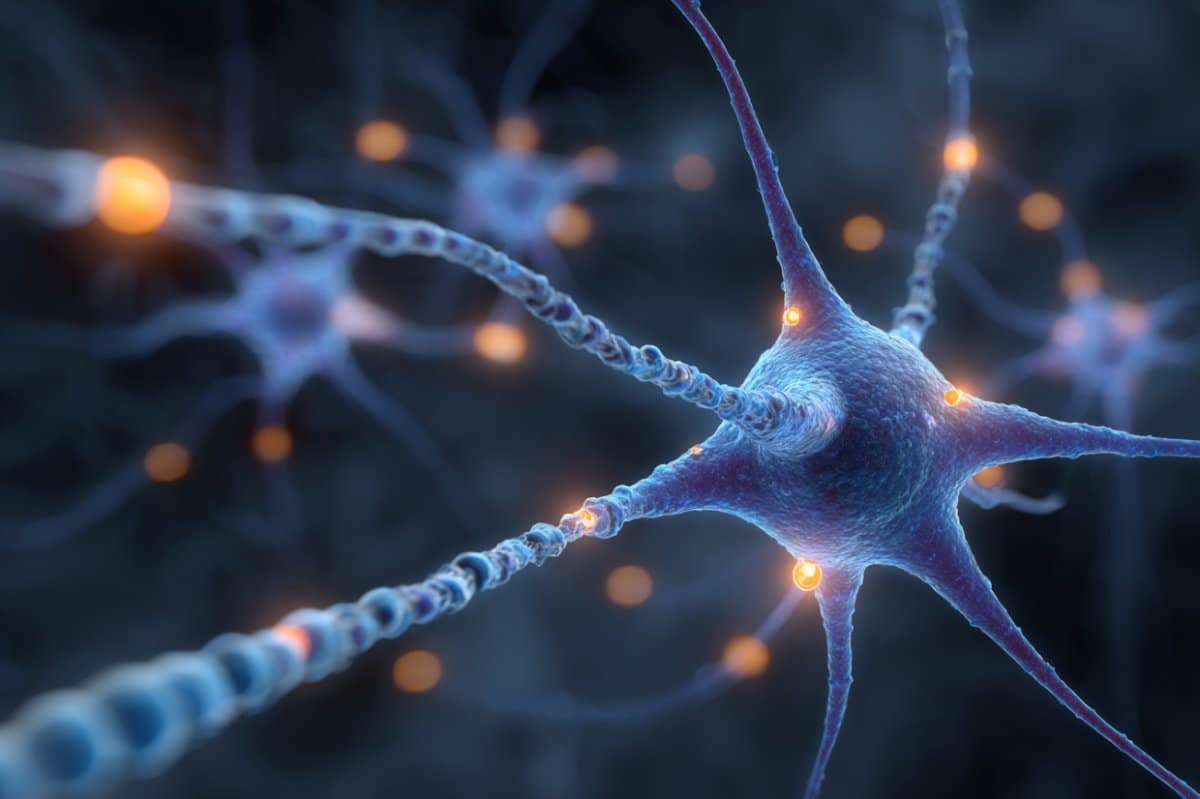Summary: New research has overturned decades of belief about how dopamine communicates in the brain, showing it acts with pinpoint precision rather than broad diffusion. Scientists discovered that dopamine is released in localized hotspots, allowing highly specific and timely messages to nerve cell branches.
This dual signaling system enables dopamine to fine-tune individual neural circuits while also coordinating large-scale behaviors like movement and decision-making. The findings could revolutionize treatments for disorders like Parkinson’s, addiction, and schizophrenia by targeting dopamine’s precision rather than just its overall levels.
Key facts:
- Hotspot Signaling: Dopamine transmits precise, localized signals instead of flooding large brain areas.
- Dual Function: Supports both fine neural tuning and broader behavioral coordination.
- Therapeutic Potential: Opens new paths for treating dopamine-related disorders more effectively.
Source: University of Colorado
A new study from the University of Colorado Anschutz Medical Campus has upended decades of neuroscience dogma, revealing that dopamine, a neurotransmitter critical for movement, motivation, learning and mood, communicates in the brain with extraordinary precision, not broad diffusion as previously believed.
This groundbreaking research offers fresh hope for millions of people living with dopamine-related disorders, marking a significant advance in the quest for precision-based neuroscience and medicine.
For years, scientists thought of dopamine as a kind of chemical “broadcast system,” flooding large areas of the brain to influence behavior.

But new research, published today in Science, found that dopamine acts more like a finely-tuned postal service, delivering highly localized messages to specific nerve cell branches at exact moments in time.
“Our current research found that dopamine signaling and transmission in the brain is much more complex than we thought,” said Christopher Ford, PhD, professor at the University of Colorado School of Medicine and lead author.
“We knew that dopamine plays a role in many different behaviors, and our work gives the beginning of a framework for understanding how all those different behaviors could all be regulated by dopamine.”
Using advanced microscopy techniques, researchers found that dopamine is released in concentrated hotspots which enable targeted, rapid responses in nearby brain cells, while broader signals activate slower, widespread effects.
This dual signaling system allows dopamine to simultaneously fine-tune individual neural connections and orchestrate complex behaviors like movement, decision-making, and learning.
The implications are far-reaching. Dopamine system dysfunction plays a central role in a wide range of brain disorders, including Parkinson’s disease, addiction, schizophrenia, ADHD and depression. Current treatments largely focus on restoring overall dopamine levels but this research suggests that the precision of dopamine signaling may be just as crucial.
“We are really only at the tip of the iceberg in trying to understand how dysfunctions in dopamine contribute to diseases like Parkinson’s disease, schizophrenia or addiction,” said Ford.
“More work is needed to grasp how these specific changes in dopamine signaling are affected in these different neurological and psychiatric diseases. The goal, of course, would then be to build on those findings to come up with new and improved treatments for those disorders.”
About this dopamine and neuroscience research news
Author: Kelsea Pieters
Source: University of Colorado
Contact: Kelsea Pieters – University of Colorado
Image: The image is credited to Neuroscience News
Original Research: Closed access.
“Discrete spatiotemporal encoding of striatal dopamine transmission” by Christopher Ford et al. Science
Abstract
Discrete spatiotemporal encoding of striatal dopamine transmission
Dopamine (DA) transmission critically regulates diverse, basal ganglia–dependent behaviors by activating distinct subtypes of G protein–coupled receptors.
Spatially broad DA release has been extensively characterized, but how DA transmission affects striatal function at a subcellular scale remains poorly understood.
Using 2P imaging and whole-cell electrophysiology, we defined the spatiotemporal properties of DA transmission onto striatal indirect pathway spiny projection neurons.
Sparse activation of DA release sites evoked localized DA signals, producing spatially discrete, D2 receptor–mediated responses across dendrites.
The spatiotemporal properties of DA receptor signaling differed between downstream intracellular pathways.
We propose that membrane-delimited Gβγ signaling occurs in parallel to intracellular second messenger pathways, but on different spatial and temporal scales, providing a mechanism for precise decoding of DA signals by striatal neurons.







